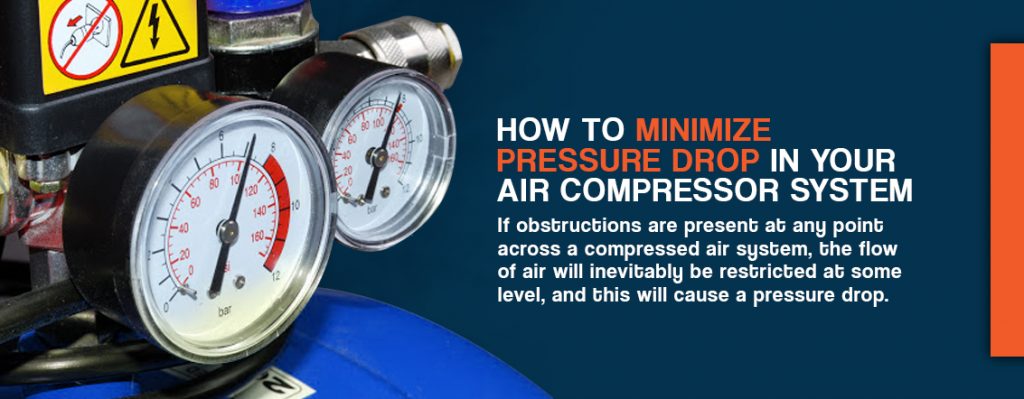

Figure: Using lever for mechanical amplification of force If the lever arm “a” from the pivot point to the handle, for example, is 10 times as large as the distance b from the pivot point to the pump piston, then the force will be increased by a factor of 10. The “active” lever arm “a” results from the pivot point to the handle and the passive lever arm “b” from the pivot point to the pump piston. Usually it is a second class lever.Īccording to the law of the lever, the mechanical amplification of the force results from the ratio of the lever arms. The much greater force amplification is due to the mechanical leverage. In fact, this hydraulic amplification of the force is only one of a total of two principles applied to a jack. As the force is increased, the lifting height is reduced accordingly. However, the ram has an area four times as large, so that this volume is already achieved with a quarter of the original stroke. Therefore the displaced liquid extends the working piston by the same volume (height h 2). Liquids are incompressible and therefore cannot be compressed. This is also clearly illustrated, as the pump piston displaces a certain amount of hydraulic fluid during the downward movement (height h 1).

This does not contradict the law of energy conservation! Due to the quadruple piston surface, the working piston extends by only a quarter of the pump stroke. the diameter of the working piston is twice as large), the force applied is quadrupled. If, for example, the area of the working piston is four times as large as that of the pump piston (i.e. In this more general sense, Pascal’s law states that the pressure at a certain depth h in a liquid results from the sum of the pressure at the liquid surface p 0 and the hydrostatic pressure p h: In some literature, Pascal’s law is also somewhat more general and then takes hydrostatic pressure into account. Pascal’s law describes the uniform distribution of pressure in a liquid (neglecting the hydrostatic pressure)! This is often referred to as Pascal’s law or Pascal’s principle. If, for example, a certain pressure is generated at one point within a liquid, then the same pressure will be present at every other point in the liquid (neglecting the hydrostatic pressure). In the article Pressure it has already been explained that pressure in liquids (or gases) is evenly distributed in all directions.


 0 kommentar(er)
0 kommentar(er)
